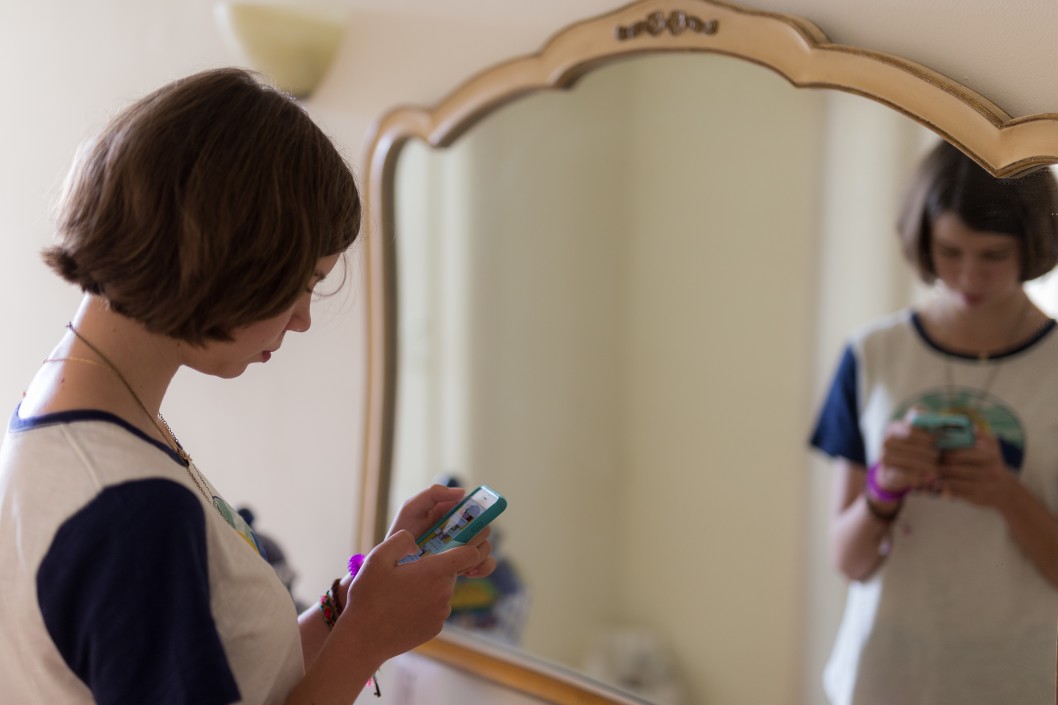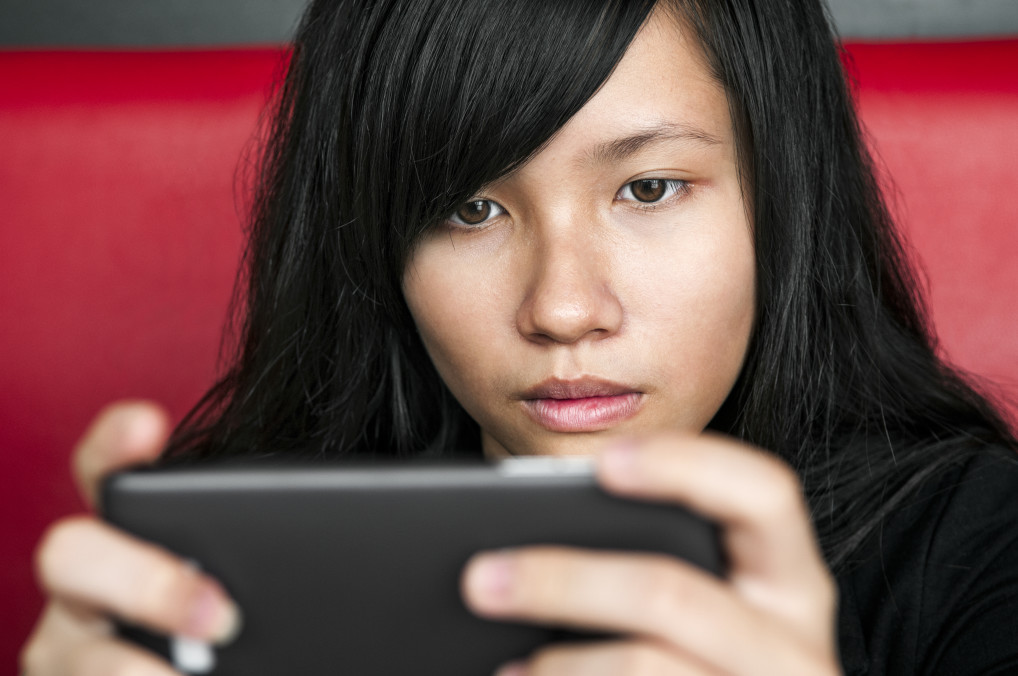The Ups and Downs of Social Media
 A new study finds that teenagers report feeling all kinds of positive and negative emotions when describing the same social media experiences — posting selfies, Snapchatting, browsing videos — but the majority rate their overall experiences as positive.
A new study finds that teenagers report feeling all kinds of positive and negative emotions when describing the same social media experiences — posting selfies, Snapchatting, browsing videos — but the majority rate their overall experiences as positive.
Understanding these nuances can help families better grasp their teens’ up-and-down experiences in the digital world, the study suggests, offering new insight on how best to support them.
In the study, adolescent social media expert Emily Weinstein, a postdoctoral fellow at the Harvard Graduate School of Education, analyzed surveyed responses from 568 high school students at a suburban public high school in the United States. The students, who were evenly split between female and male, were heavier users of social media than the average American teen: 98 percent said that they were online “almost constantly” or “several times a day,” compared to 80 percent of teens nationally. Eighty-seven percent of these students used Instagram, 87 percent used Snapchat, and 76 percent used Facebook.
The surveys asked students to check off any of 11 listed emotions that they typically felt while using social media, as well as the emotions they believed their peers felt while using those apps.
Weinstein also analyzed data from 26 in-depth interviews with those surveyed (16 females and 10 males). These students walked the researchers through their experiences on Instagram and Snapchat, describing the content they saw and how they reacted to it.
The study found that teens had four main ways of using social media — and although they acknowledged negative emotions from each, most described their experiences as generally positive.
Teenagers use social media:
- for self-expression (sharing posts that portray who you are and what you care about);
- for relational interactions (messaging and connecting with family, friends, and romantic interests);
- for exploration (searching areas of interest); and
- for browsing (general scrolling through feeds and apps).
None of these modes of social media use resulted in purely negative emotions, as reported by teens. Each led to both positive and negative emotions.
Seventy-two percent of the teens reported feeling happy on social media, 68.5 percent amused, 59.3 percent closer to friends, and 57.8 percent interested in the experience. Only 6.7 percent reported feeling upset, 7.9 percent irritated, 10.2 percent anxious, 16.9 percent jealous, and 15.3 percent left out. And 70 percent of the teens described their general experiences on social media using only the positive descriptors.
Excerpted from “The Ups and Downs of Social Media” in the Harvard Graduate School of Education‘s newsletter, Usable Knowledge. Read the full article into learn more about the findings and how parents and families can help their teens navigate social media experiences.
Interested in subscribing? Get this free monthly newsletter delivered to your email box.
Source: Harvard Graduate School of Education: Usable Knowledge | The Ups and Downs of Social Media, https://www.gse.harvard.edu/news/uk/18/05/ups-and-downs-social-media | © 2018
Do you need someone to talk to? CHC can help. We invite you to call or email our Care Coordinators at 650.688.3625 or careteam@chconline.org to set up a free 30-minute consultation.





